Market Share
Minimally-Invasive Cosmetic Procedures Market Share Analysis
In the Minimally-Invasive Cosmetic Procedures Market, companies follow divergent market share positioning strategies to outperform rivals and enlarge their presence. One common technique is through product differentiation where companies differentiate their products from competitors by unique features, advanced technologies or proprietary formulations. This approach aims at attracting sophisticated consumers who are in search for new inventions that give good results. For instance, some firms may invest in progressive technology for non-surgical procedures like laser-based treatments or injectables with longer effects compared to other competitors hence capturing market attention.
Another major approach of market positioning is effective branding and marketing; building a strong brand identity is critical in the cosmetic procedures market where consumer decision-making pivots on trustworthiness and credibility. Companies put efforts into creating a positive brand image by stressing attributes such as safety, dependability and positive patient outcomes respectively. Through these marketing campaigns they aim at reaching broader audience while educating potential customers about minimally invasive procedures’ advantages. Aligning with consumer values through branding can help companies create an emotional connection that can lead to loyalty among its customers hence increasing its market share.
Strategic partnerships and collaborations also play a significant role in market share positioning within the Minimally-Invasive Cosmetic Procedures Market. Alliances could be formed between companies and dermatologists, plastic surgeons or aesthetic professionals so as to take advantage of their expertise and enhance product/service credibility. Moreover, working with influencers or celebrities can greatly increase brand visibility thereby affecting consumer perceptions even more widely. By choosing reliable experts respected figures that command respect in that particular industry for affiliations purposes, companies have ensured they become industry leaders hence gaining competitive edge over others.
Price Positioning as well contributes to the strategy of achieving higher market shares: Although minimally-invasive cosmetic procedures are typically associated with high cost due to modern technologies behind them and perceived effectiveness, different pricing tactics may be adopted by various organizations involved in this sector such as premium brands which highlight exclusivity and quality of their merchandise or services. In other cases, the prices may be set to target a larger group of people who have different levels of income. It is vital for companies that want to get customers in a diverse market and achieve the greatest possible market share to strike a balance between affordability and value for money.
Market share positioning strategies also include geographical expansion and market penetration. For instance, some companies target unexplored regions or demographics by adapting marketing mix components to suit unique characteristics and behavior patterns in different markets. By understanding local nuances and modifying accordingly, firms can effectively penetrate new markets while gaining competitive edge against other competitors. A typical example of strategic expansion is opening new medical centers, creating alliances with indigenous marketers or adjusting product features according to cultural preferences.

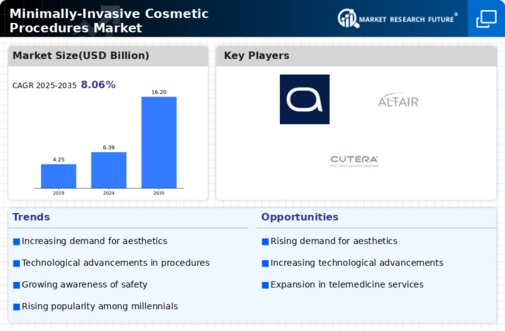
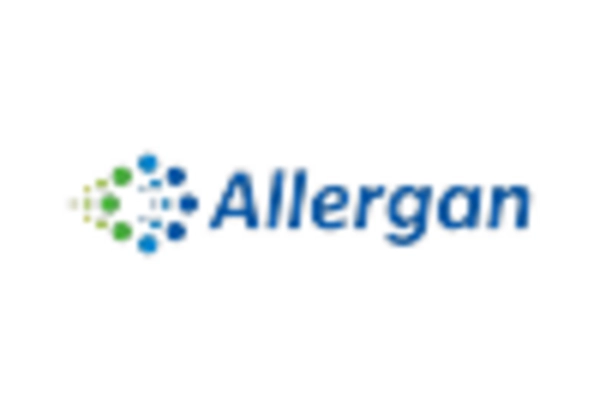
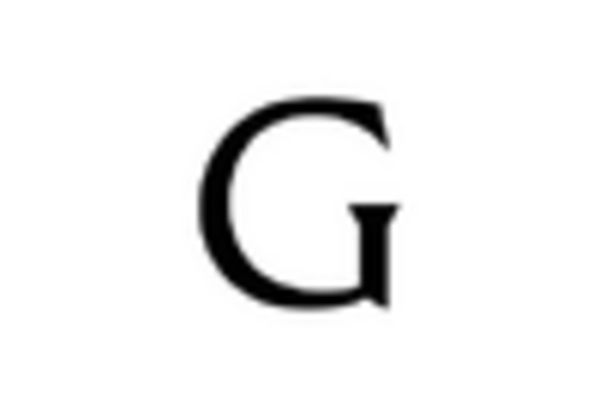
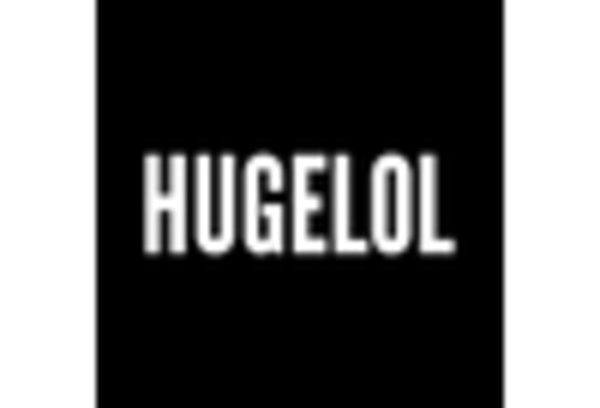
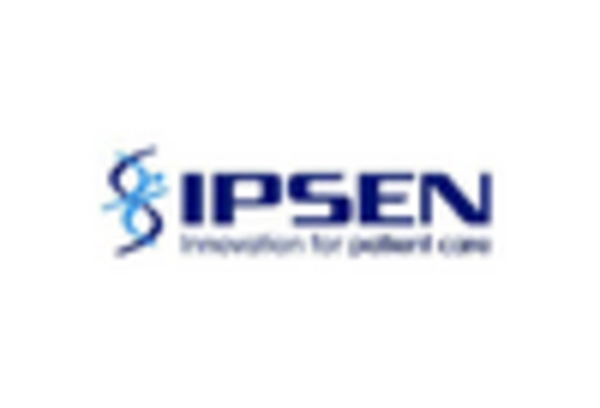
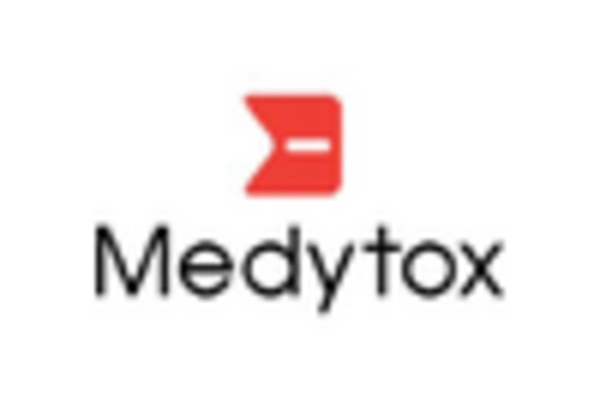
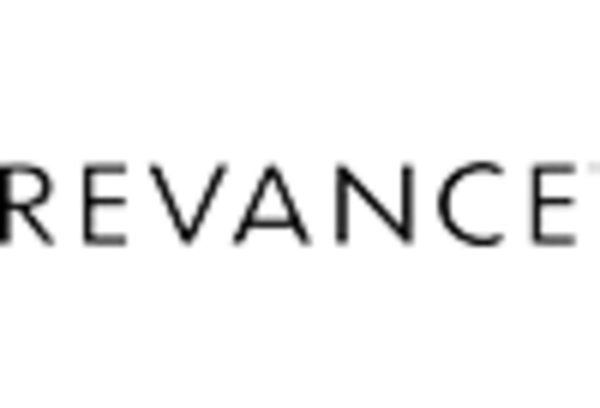









Leave a Comment